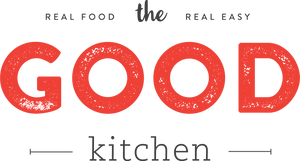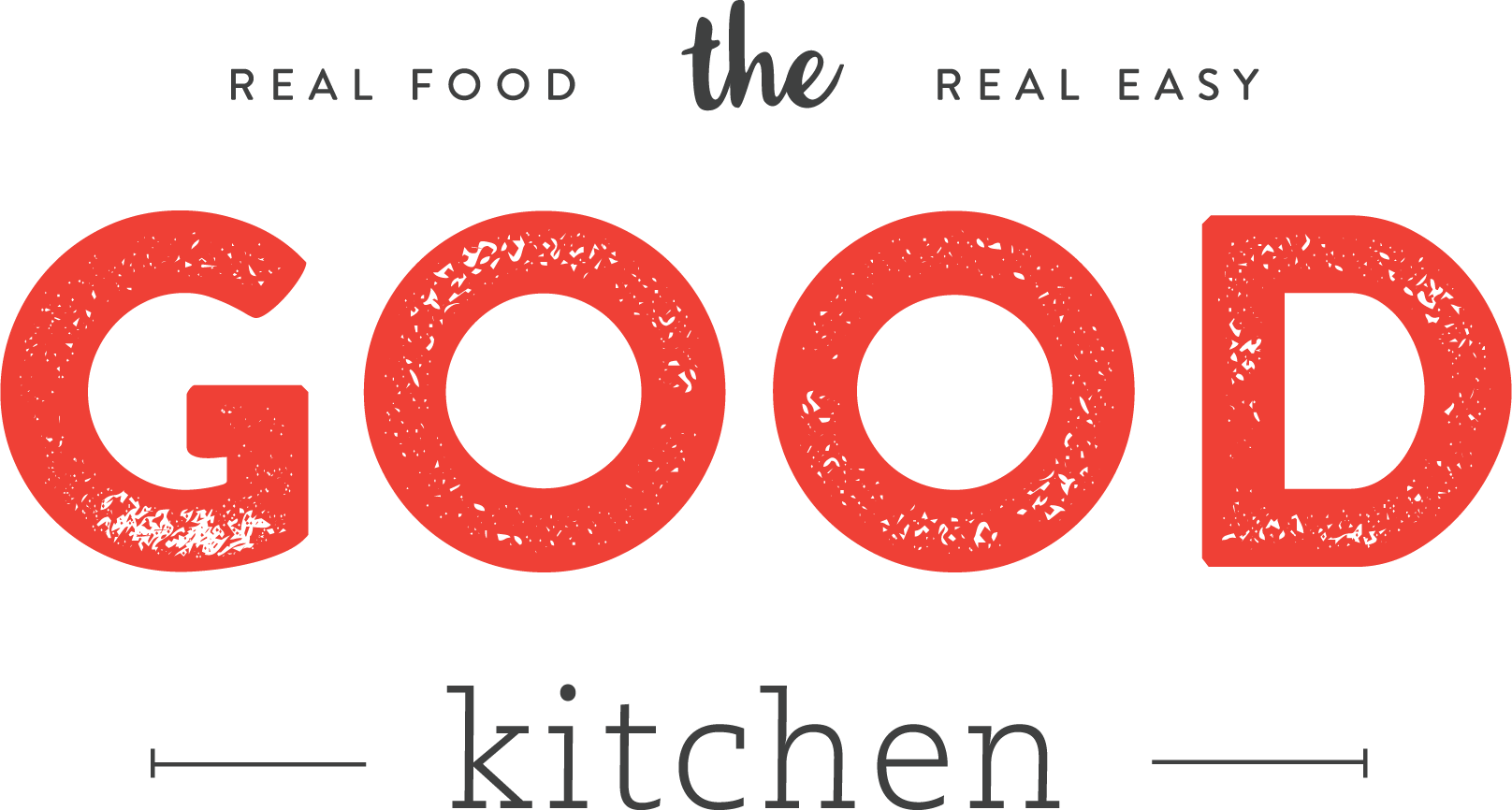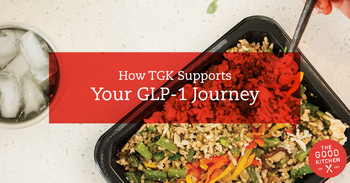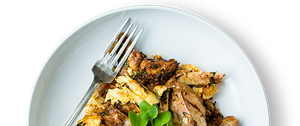The Food Pyramid (scheme)
What’s the good of the USDA guidelines?

In the mid-20th century, the American food supply was undergoing a rapid transformation. As the newly minted food-industrial complex rocked the nutritional landscape, the government recognized a need to provide guidance--not just to promote public health, but to ensure national security and economic stability during wartime.
Cue the American nutrition wars.
 Each iteration of the USDA’s dietary guidelines – from the earliest recommendations in the 1910s, to the introduction of the food pyramid in 1990s, to the more recent MyPlate – has sparked controversy and calls for reform. If there’s one thing that every nutrition tribe seems to agree on, it’s that something is wrong with the government’s grasp on diet.
Each iteration of the USDA’s dietary guidelines – from the earliest recommendations in the 1910s, to the introduction of the food pyramid in 1990s, to the more recent MyPlate – has sparked controversy and calls for reform. If there’s one thing that every nutrition tribe seems to agree on, it’s that something is wrong with the government’s grasp on diet.
To be sure, some of the recommendations from days of yore seem hilarious, and occasionally, even dangerous. For instance, “butter and fortified margarine” were listed as a food group of their own in the 1940’s “Basic Seven Guide to Good Eating.” People still battle over butter, but there’s no debate that the trans fats in margarine are harmful for health.
Thankfully, margarine has dropped off the map, and the government eventually began to include cautionary notes on sugar and alcohol consumption as well, and to try to better communicate the importance of appropriate portion sizes for all types of foods.
Ultimately, the strangest thing about the government’s dietary recommendations isn’t some ridiculous bit of advice from decades past, it’s that the recommendations have stayed remarkably similar throughout the years.
To date, every single one of the recommendations have included dairy as a daily necessity, despite the fact that a significant portion of the population is lactose intolerant. Until 2011, every government guide built its recommendations off a foundation of bread and cereal (MyPlate allots for a slightly higher ratio of vegetables to grains). I’m not a registered dietitian, but I can’t imagine anyone other than Michael Phelps could thrive while eating eleven servings of cereal a day – a healthy ceiling suggested by the Food Pyramid:
In some cases, pressure from powerful voices within the food industry has successfully pushed to keep the status quo in place. In other cases, infighting and gridlock within nutrition science – fueled by poorly designed studies and sensationalized media coverage – have cast doubt on the relative benefits of one diet over another and made updating the guidelines politically dangerous.
 The entire process of creating the guidelines is confusing, complex, and controversial – from the selection of committee members to the process of reviewing evidence. It shows. The 2015 USDA guidelines, for example, famously included a whopping 144 pages of explanation and justification for its conclusions, which many thought were riddled with inconsistencies and biases.
The entire process of creating the guidelines is confusing, complex, and controversial – from the selection of committee members to the process of reviewing evidence. It shows. The 2015 USDA guidelines, for example, famously included a whopping 144 pages of explanation and justification for its conclusions, which many thought were riddled with inconsistencies and biases.
While the intentions may be good – who doesn’t want better public health education? – government guidelines rarely seem to result in more clarity for consumers.
Perhaps it’s time to separate politics from the plate and get back to basics.
At The Good Kitchen, we believe diets should be built on sound science, common sense, and respect for the planet. We believe that industry profits and politics shouldn’t determine public health decisions. Plus, we recognize that efforts to support nutritional education can only go so far if healthy food isn’t available or affordable.
Because we know the struggle, we’re committed to making it simple for everyone to eat good food and support the small farmers that make it possible.
 We use responsibly sourced ingredients to craft meals that satisfy your nutritional needs and your schedule with convenient, heat-and-eat dishes delivered to your doorstep.
We use responsibly sourced ingredients to craft meals that satisfy your nutritional needs and your schedule with convenient, heat-and-eat dishes delivered to your doorstep.
You don’t need to wait on any government agency – you have power over your own plate. And we want everyone to use that power for good (food).
If you want to see what we can do for you and your diet, head over to see what we’re cooking up for you this week!
Food pyramid image from military.com, Basic seven from choosemyplate.gov






